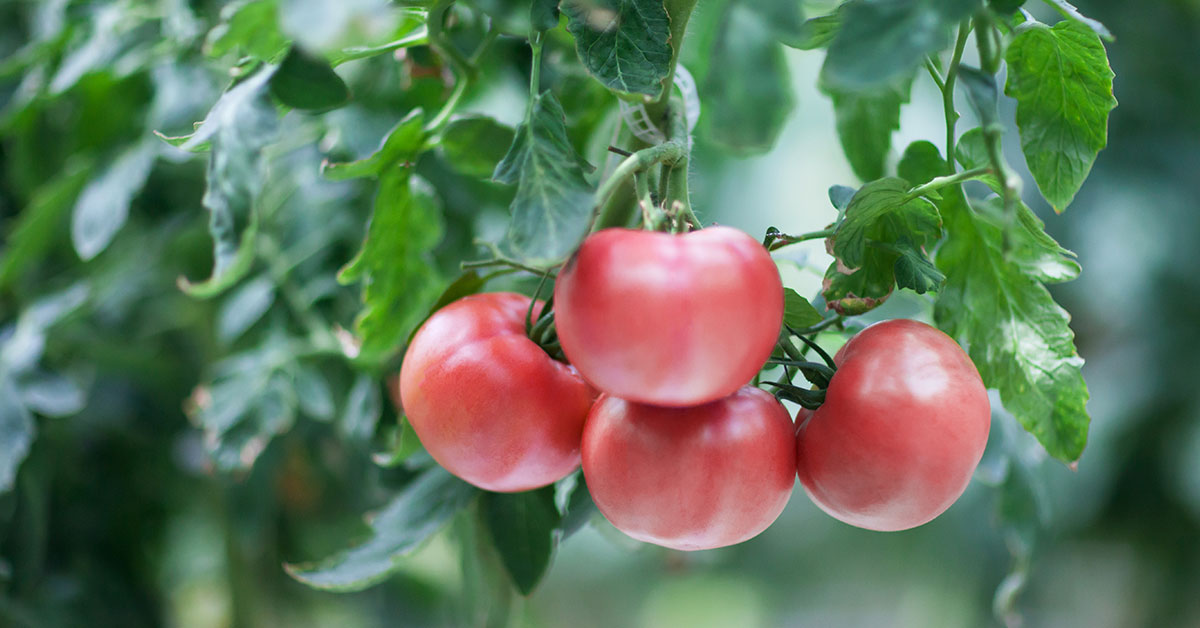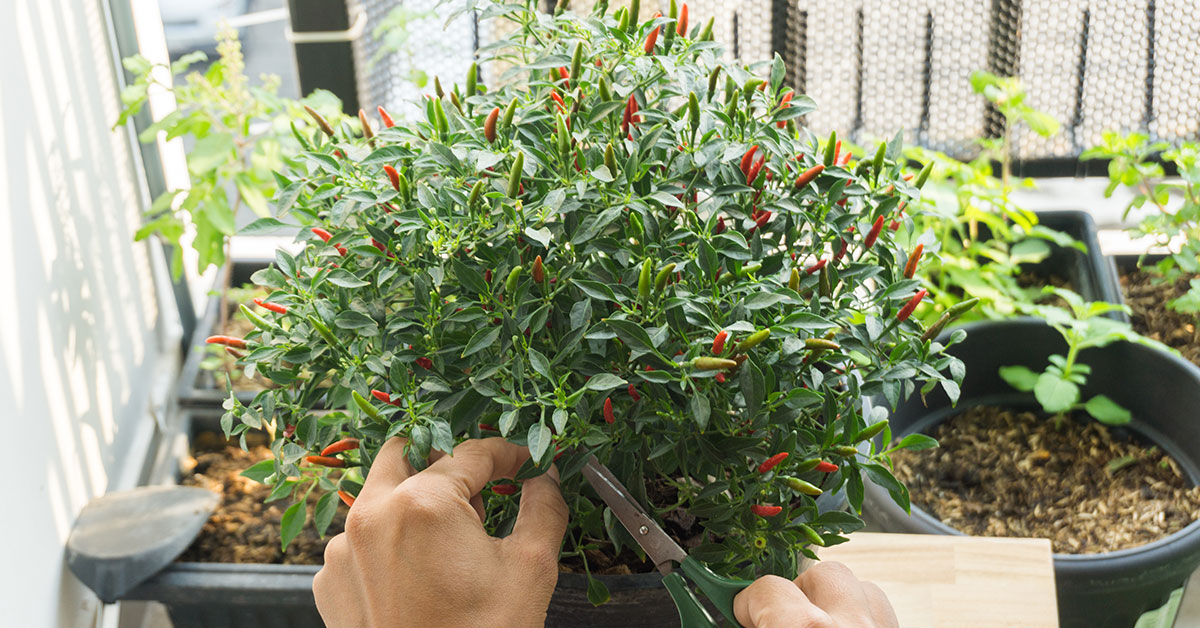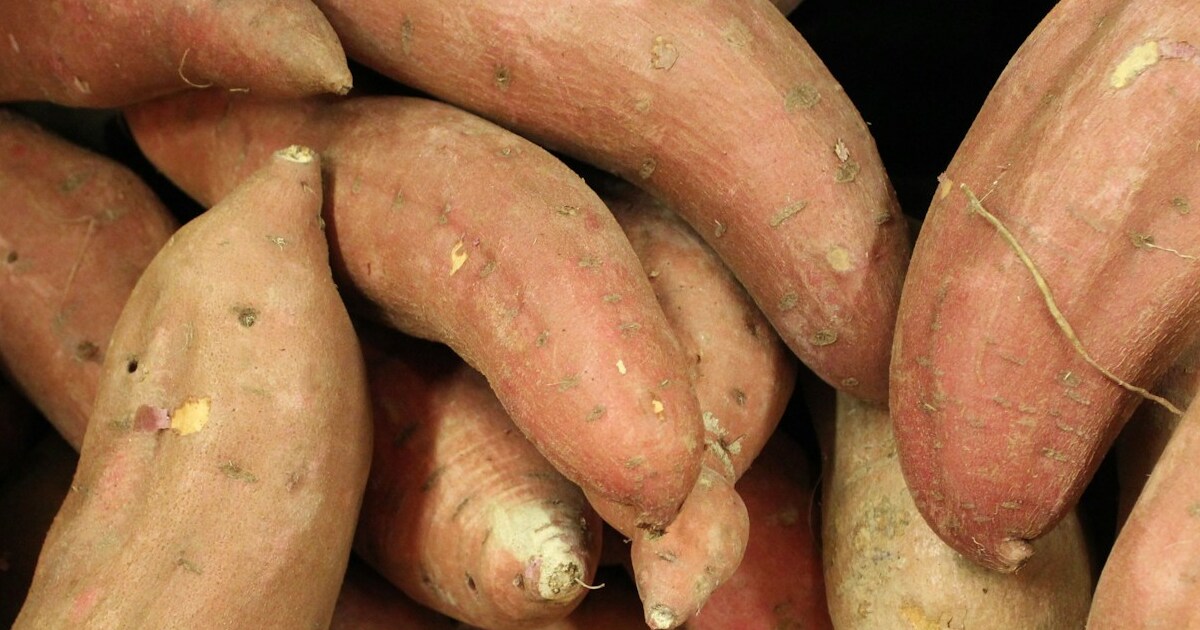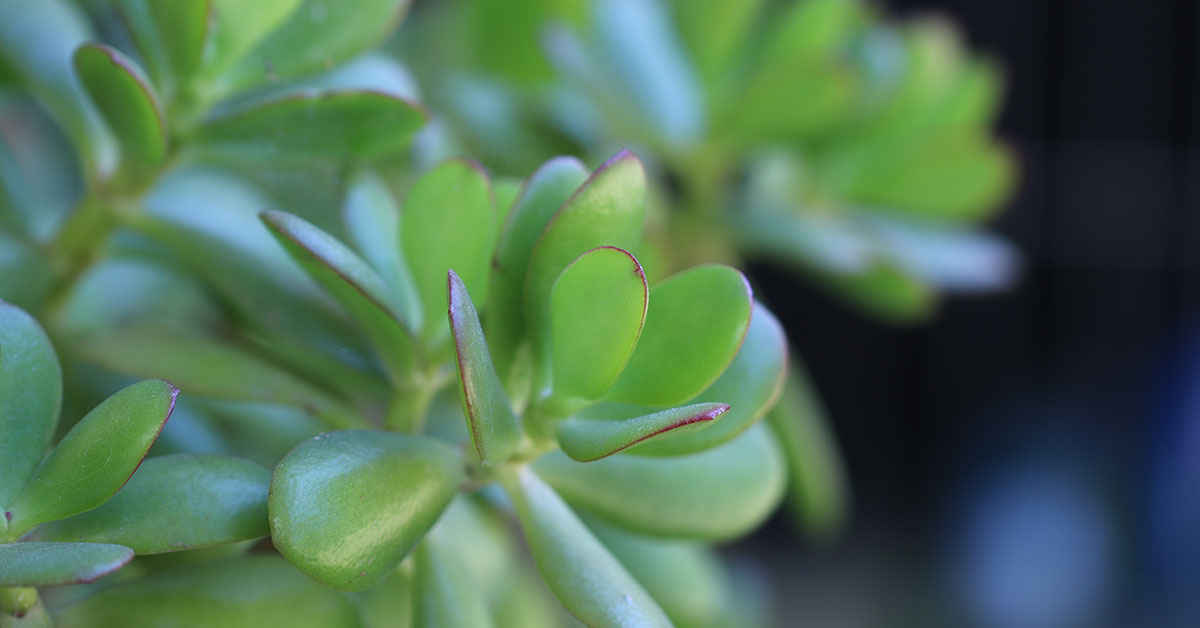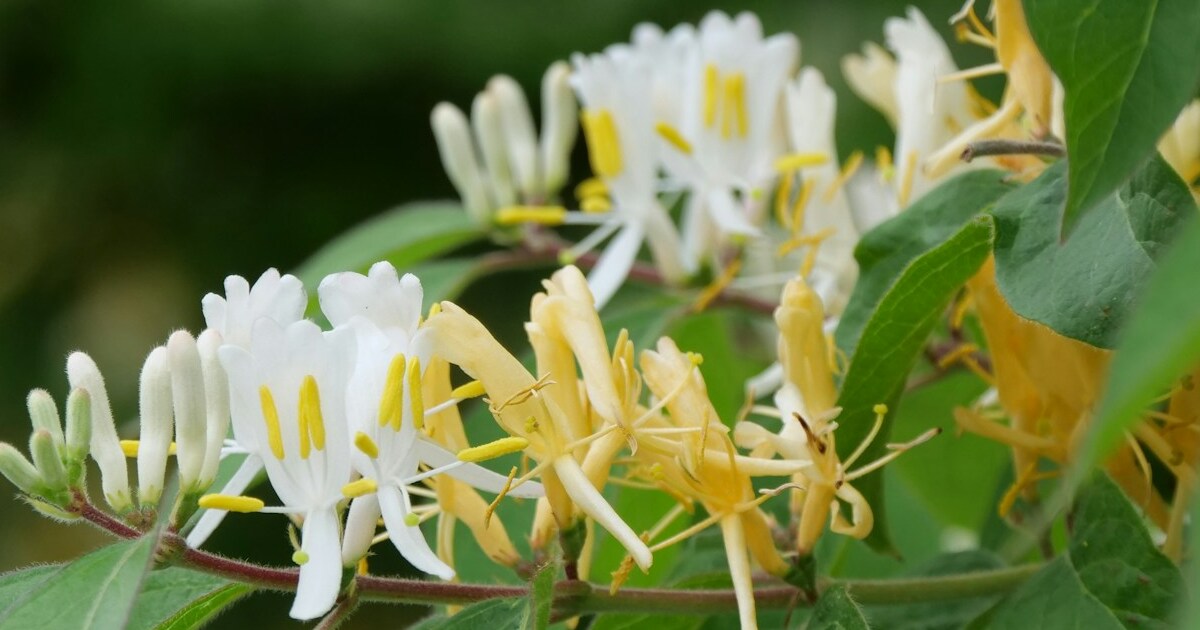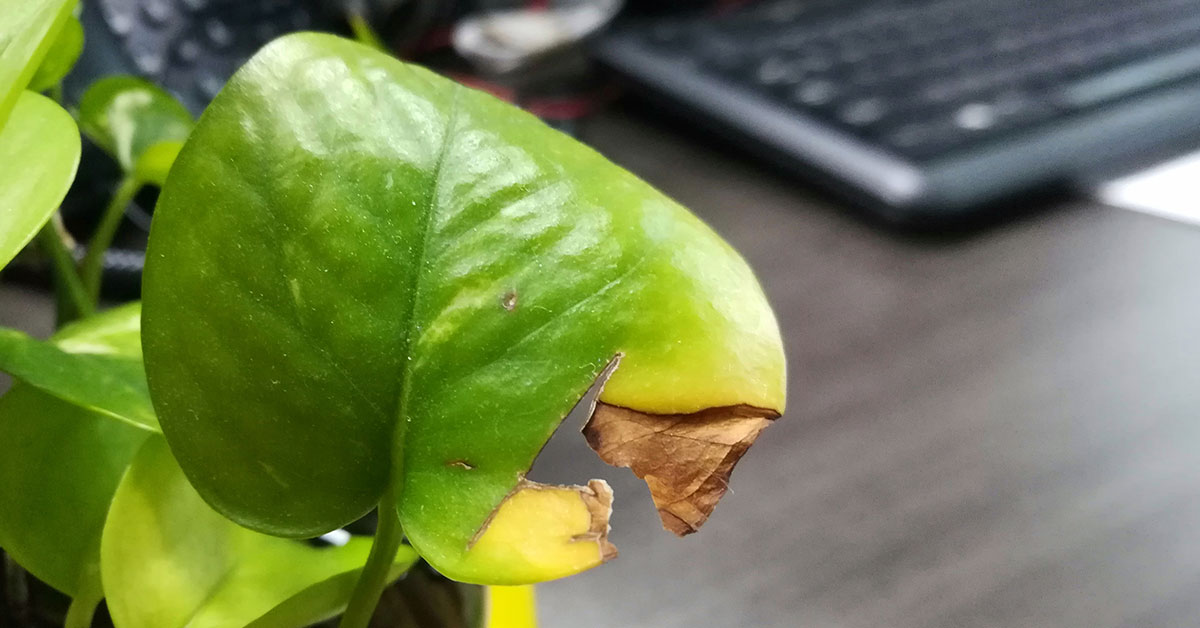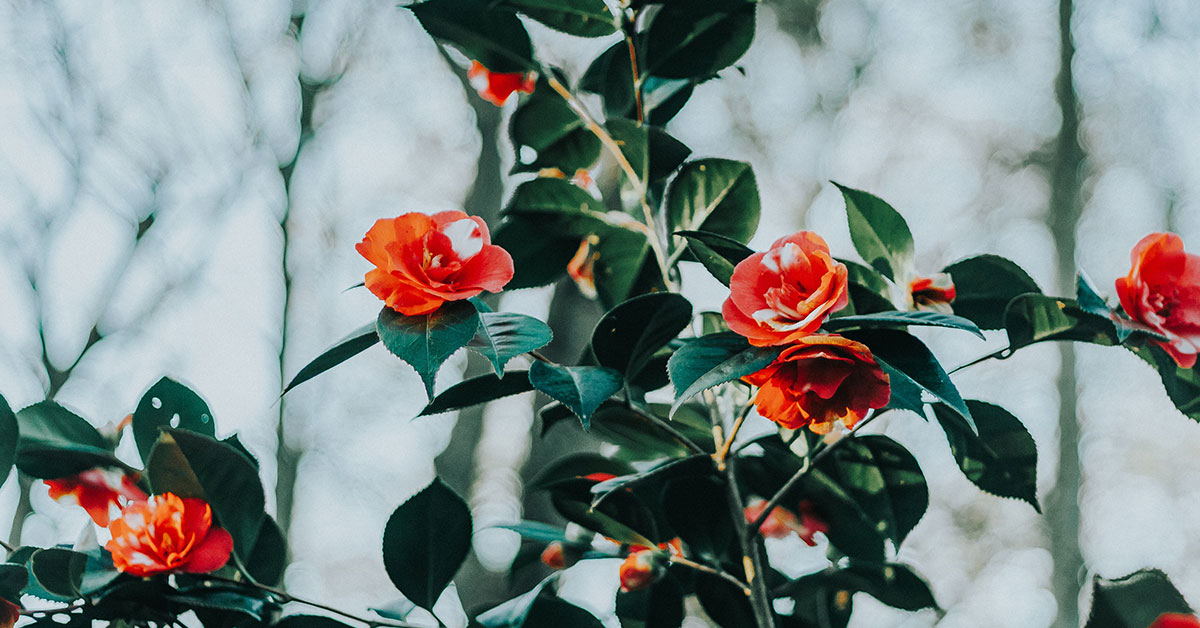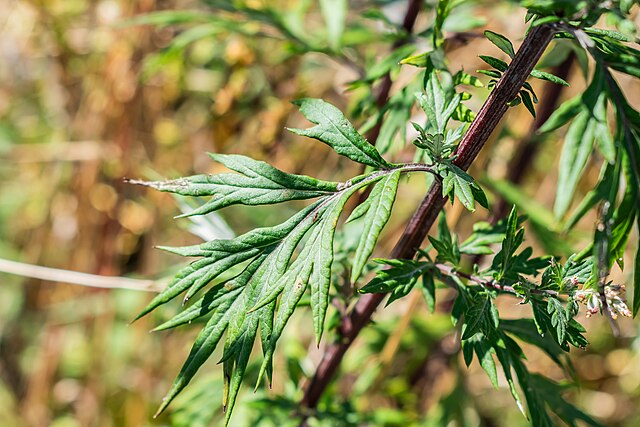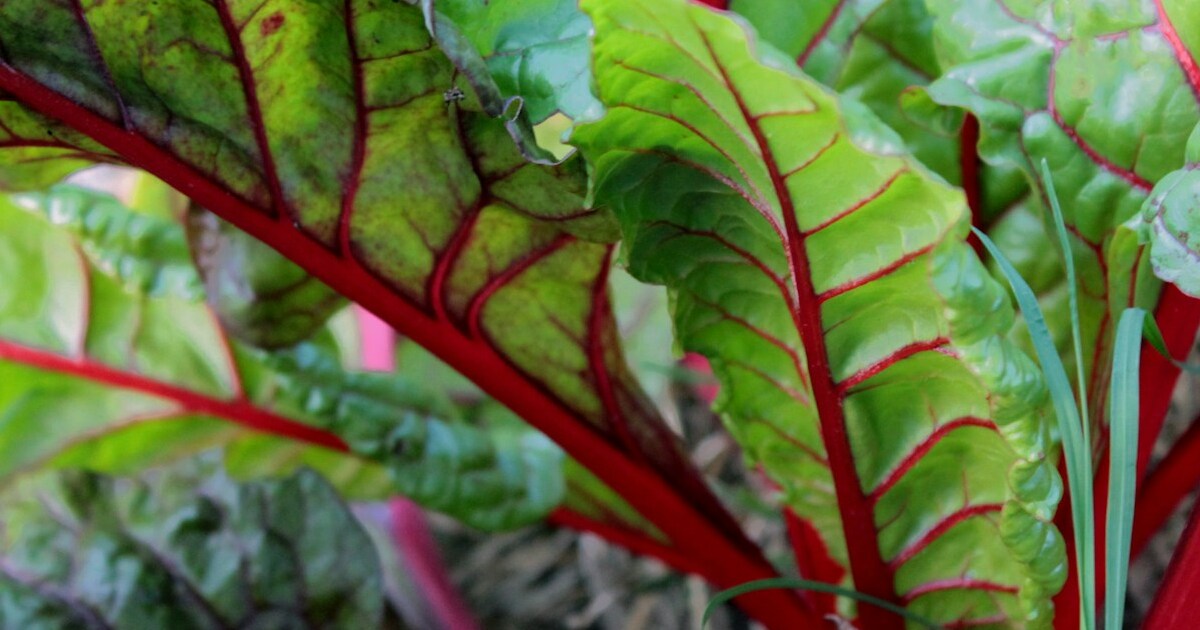Gardening is a thrilling journey filled with moments of delight and discovery, especially when your garden bursts into life with a cascade of purple blooms! In this article, I’ll share my passion for ten uniquely beautiful plants, each boasting its own character and charm. As a devoted gardener, I understand the joy and occasional frustration of battling pests or contending with invasive species, so I’m excited to offer tips on nurturing these plants and creating a thriving ecosystem in your own backyard.
Over the years, I’ve had the pleasure of watching these vibrant plants transform ordinary spaces into enchanted retreats. Whether you’re dealing with a challenging shady spot or simply longing for a pop of regal color, the insights provided here on native origins, behaviors, and care will guide you in cultivating your ideal garden sanctuary. Let’s celebrate nature together and explore the wonders of purple flowers that attract buzzing pollinators and offer cozy nesting spots for beneficial critters!
Lilac
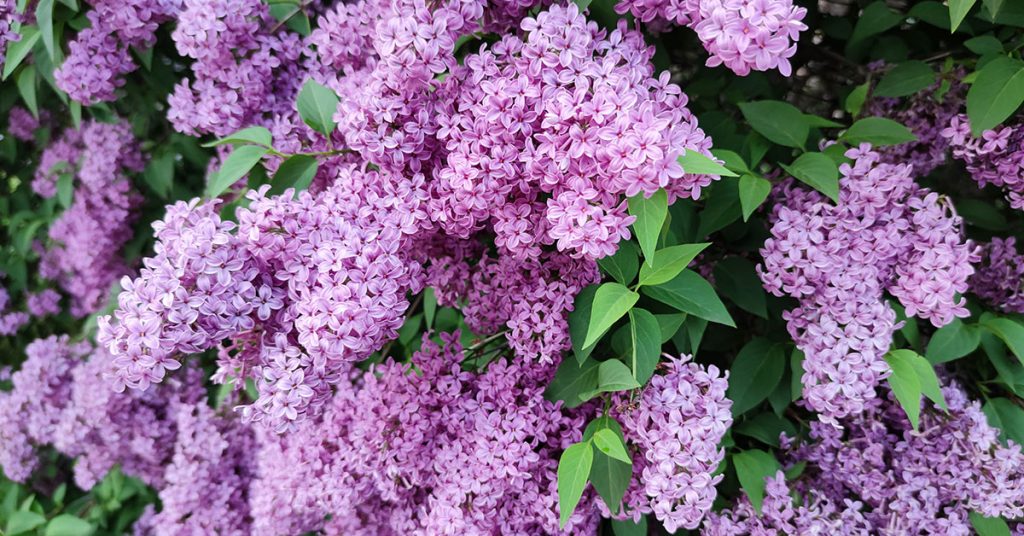
Lilacs hold a special place in my gardening heart, thanks to their intoxicating fragrance and charming clusters of purple blooms that evoke the freshness of spring! Native to the Balkan Peninsula and widely cultivated across Europe and North America, lilacs have a storied legacy and an enduring appeal. Their delightful scent not only draws in bees and butterflies but also creates a natural retreat for these beneficial insects to rest and even nest, adding life to any garden corner.
In my own garden, I’ve witnessed how lilacs can transform a space with their lush, aromatic presence while offering a safe haven for local wildlife. Although they are generally non-invasive, in optimal conditions, they can sometimes spread more than expected—so a bit of regular pruning is recommended to keep their growth in check. Their enchanting beauty and practical ecological benefits make lilacs a must-have for anyone seeking both aesthetic pleasure and a robust garden ecosystem!
Allium

Alliums are truly a sight to behold with their architectural, spherical clusters of purple flowers that create a bold statement in any garden! These ornamental onions, native to regions spanning Europe, Asia, and North Africa, are celebrated for their striking form and their ability to draw a variety of pollinators. I’ve often marveled at how these blooms serve as natural landmarks in my garden, inviting bees and other beneficial insects to explore and even find secure spots for nesting.
Over time, I’ve come to appreciate alliums not only for their visual impact but also for their resilience and ease of care. They typically do not exhibit invasive behavior, yet their impressive bloom size can dominate smaller garden spaces if not given enough room to thrive. With careful planning and attentive care, alliums can enhance your garden with both structural interest and ecological vitality!
Petunia
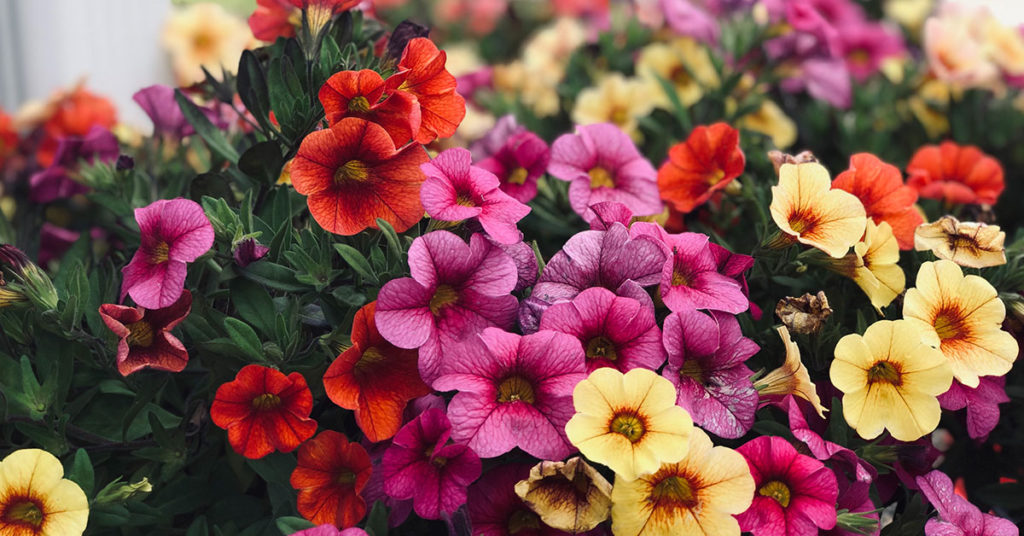
Petunias infuse gardens with a burst of playful energy, and the purple varieties stand out with their deep, sumptuous hues that capture the eye! Native to South America, petunias have journeyed far from their origins to become a global favorite for their vibrant displays and adaptability. I’ve found them to be excellent at attracting a host of pollinators, including bees and butterflies, which help maintain the balance of life in the garden by also finding cozy places to nest.
In my gardening adventures, petunias have proven to be both delightful and practical. Their cheerful presence can turn a dull patch of soil into a lively gathering spot for beneficial insects, though in some regions they might escape cultivation and become invasive if not managed properly. With a bit of vigilance and care, petunias can be a joyful addition that not only adds color but also supports a dynamic, thriving ecosystem!
Delphinium
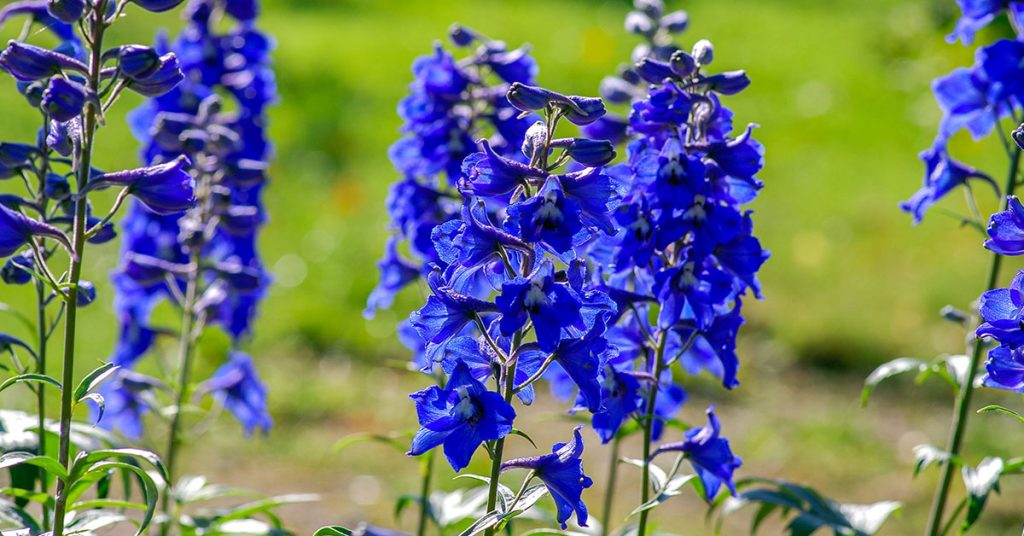
Delphiniums are nothing short of majestic, with tall spires of vibrant purple that command attention and elevate any floral arrangement! Native to the cool, mountainous regions of the Northern Hemisphere, these perennial wonders are celebrated for their breathtaking beauty and their role as a magnet for pollinators. I always find it thrilling to see bees dancing around delphiniums, using the dense clusters as a refuge and occasionally even as a nesting site.
In my own experience, delphiniums have served as both a stunning focal point and a vital component of my garden’s ecosystem. Their towering elegance creates natural hideaways for solitary bees and other beneficial creatures, ensuring that every bloom contributes to the vitality of the space. Although they aren’t typically invasive, these plants do require attention to soil moisture and fertility, making proper care essential for their lasting splendor!
Wisteria
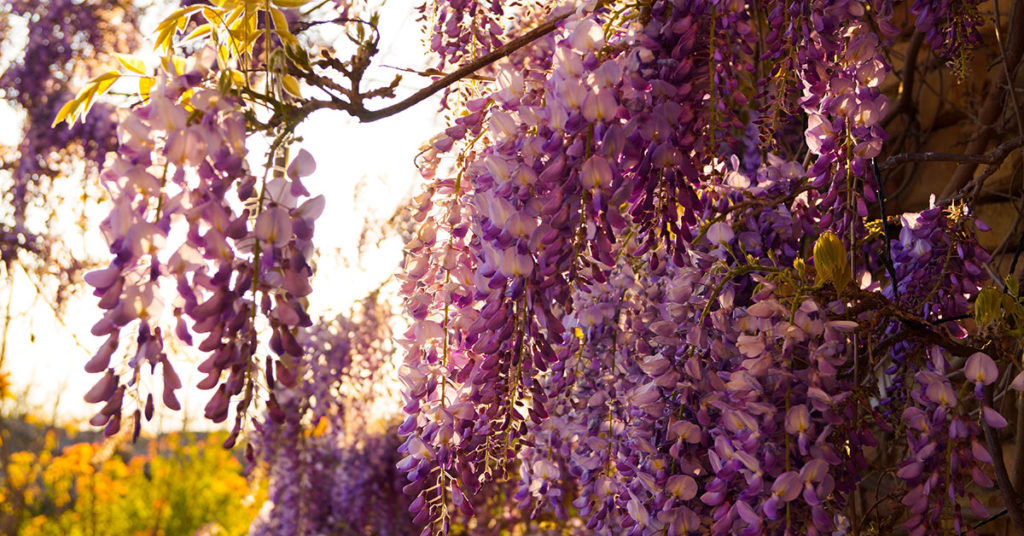
Wisteria is an awe-inspiring vine that drapes over trellises and arbors with cascading clusters of purple blossoms, creating a dramatic display that never fails to captivate! Native to East Asia and parts of North America, wisteria has long been admired for its ethereal beauty and its ability to transform structures into living works of art. In my garden, I relish the sight of its flowers dangling like delicate lanterns, inviting bees and butterflies to explore and even settle among the twisted vines.
However, it’s important to note that wisteria’s vigorous growth can sometimes tip into invasive territory if left unchecked. In regions where the climate mimics its native habitat, regular pruning and maintenance become crucial to prevent it from overtaking other plants. Despite this challenge, the exuberance and natural drama of wisteria make every moment spent tending to it a delightful adventure, and I’m always excited to share its magic with fellow gardeners!
Clematis

Clematis is an enchanting vine that transforms ordinary spaces into vertical masterpieces with its cascading purple flowers and graceful growth! Native to various parts of the Northern Hemisphere, especially Europe, these climbers have been cherished in gardens for centuries. I’ve seen clematis not only enhance the beauty of fences and trellises but also attract a wonderful mix of pollinators that rely on its blossoms as vital foraging and nesting sites.
In my experience, the clematis brings both aesthetic charm and ecological benefits, serving as a haven for beneficial insects that help maintain a balanced garden. Its sprawling growth habit, while stunning, requires a bit of careful pruning to ensure it remains under control and doesn’t become overly aggressive. The reward, however, is a lush, vibrant garden that buzzes with life and exudes natural elegance!
Iris
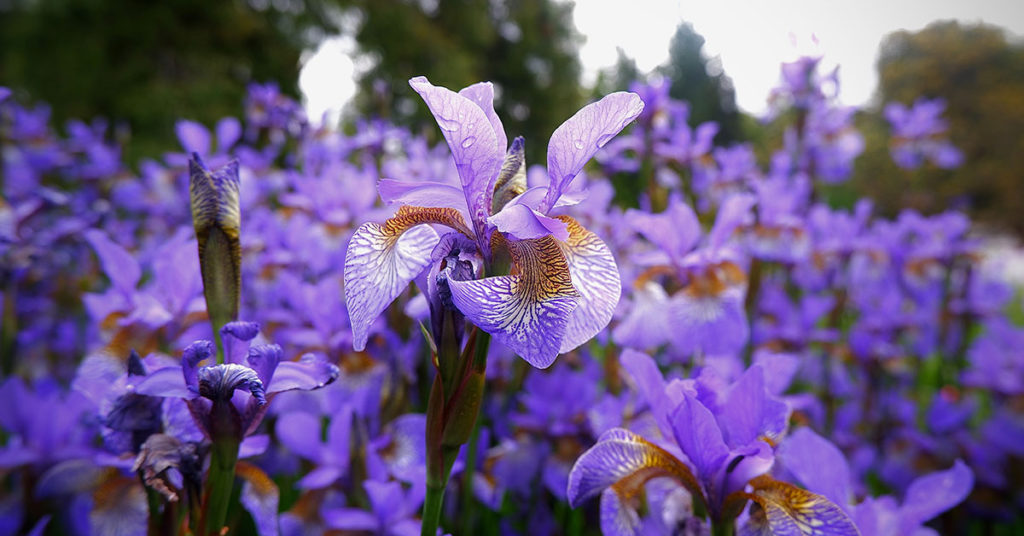
Iris is a timeless garden classic, celebrated for its elegant, sword-like foliage and dazzling purple blooms that capture the essence of spring! Native to the Mediterranean region and parts of Asia, irises have been a staple in gardens for generations. Their striking presence not only provides visual appeal but also attracts a variety of pollinators, including bees and butterflies, which often find safe resting or nesting spots among the dense clusters of flowers.
Throughout my gardening years, irises have continuously impressed me with their resilience and adaptability. They thrive best in well-drained soil and sunny conditions, delivering a robust display of color without demanding excessive maintenance. While generally non-invasive, it’s wise to keep an eye on their spreading habits in optimal conditions. Their timeless beauty and natural charm make irises a reliable and beloved addition to any garden landscape!
Verbena
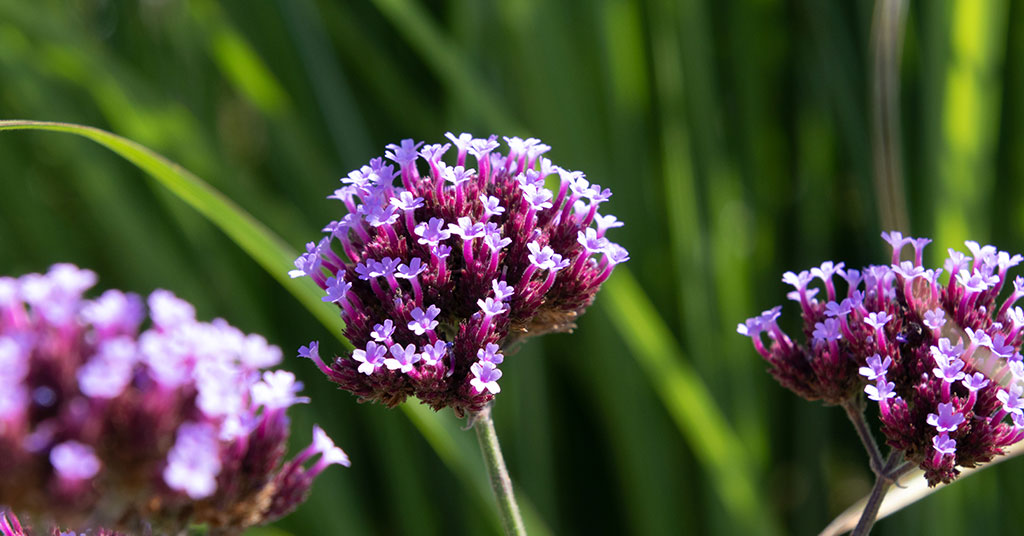
Verbena adds a touch of whimsy and charm to the garden with its delicate yet vivid clusters of purple blossoms that evoke a sense of joy and relaxation! Originally native to tropical and subtropical regions, verbenas have made their way into gardens worldwide, thriving in a variety of conditions. I love how these plants not only light up my garden but also create inviting spaces for pollinators like bees and butterflies to gather and even nest among the dense flower clusters.
In my own planting experiences, verbena has proven to be a low-maintenance companion that provides continuous blooming throughout the season. They’re known for being non-invasive, which is a relief for gardeners concerned about plants that might disrupt the balance of their carefully planned spaces. The radiant and cheerful presence of verbena is a daily reminder of the small joys that gardening brings—turning each day into a celebration of nature’s splendor!
Lavender

Lavender is a perennial favorite that enchants with its striking purple flowers and soothing fragrance, creating a serene haven in any garden! Hailing from the Mediterranean region, lavender has been treasured for centuries for its calming properties and its knack for drawing bees and butterflies. In my garden, lavender not only provides a sensory delight but also plays a crucial role in attracting pollinators that help maintain the delicate balance of nature.
Even though lavender is generally non-invasive in many parts of the world, it can become surprisingly vigorous in regions with climates similar to its native home. This means regular pruning is essential to keep it well-behaved and prevent any unwanted spread. The joy of nurturing lavender lies not only in its beauty and aroma but also in its ability to serve as a natural sanctuary for beneficial insects, making every garden visit a refreshing experience!
Salvia
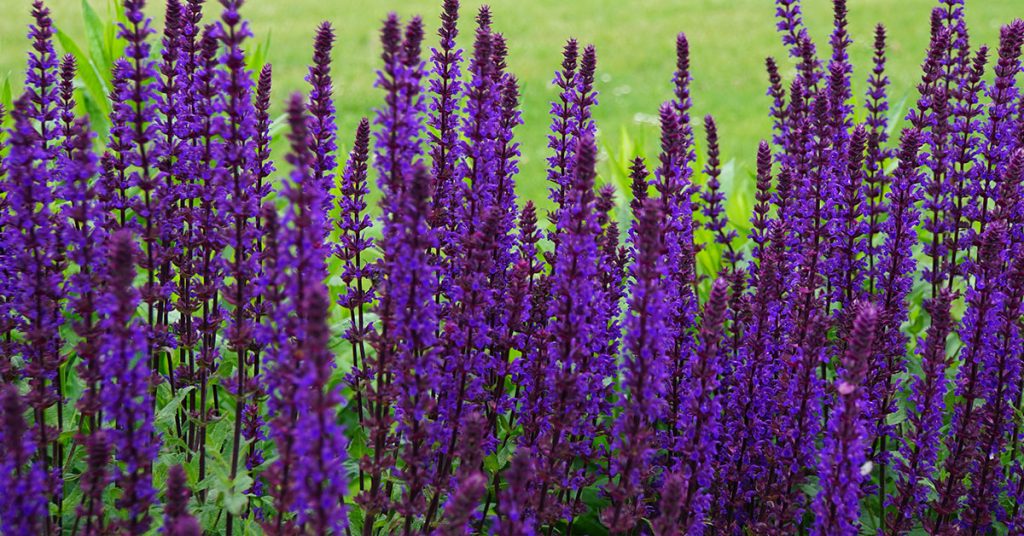
Salvia stands out as a garden treasure with its striking purple spires and vibrant energy that never fails to captivate the eye! Native to diverse habitats ranging from Central and South America to parts of the Mediterranean, salvia brings a rich history and dynamic presence to any landscape. I always enjoy the way these plants invite hummingbirds and bees, creating a lively atmosphere where nature’s rhythms are celebrated in every bloom.
In my garden, salvia has become synonymous with both beauty and practicality. Beyond its visual appeal, it provides essential nesting opportunities for various beneficial insects, bolstering the overall health of the garden ecosystem. While most varieties are well-behaved, a few may spread more aggressively in favorable conditions, so I always advise keeping an eye on their growth. The dynamic interplay of color, movement, and ecological benefits makes salvia an exciting addition to any outdoor space!




